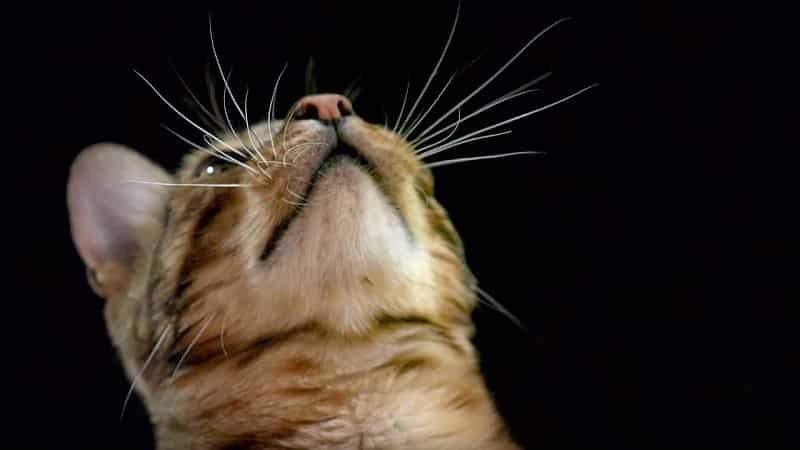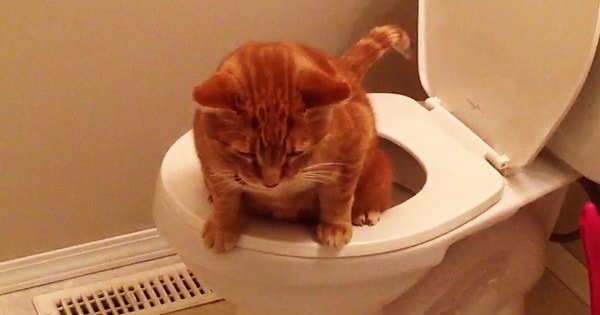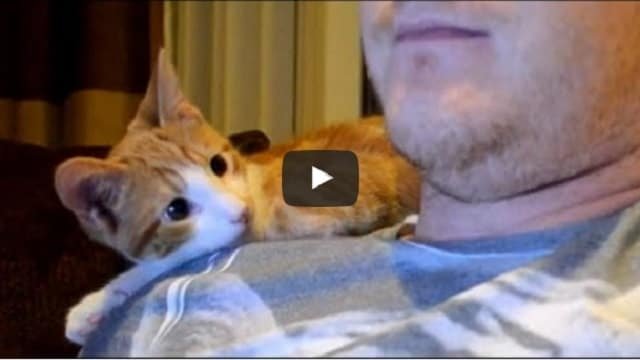Cat Whiskers – The Ultimate Guide to Do’s and Don’ts
Cat whiskers have always been a bit mysterious. What’s their purpose? Are they just a cosmetic addition to a cat’s appearance or they serve another purpose? Science doesn’t have precise answers on cat whiskers, but has found a lot of its functions.
Officially known as vibrissae, cat whiskers are a type of mammalian hairs characterized by their long length and well-innervated follicles. Whiskers grow on most mammals except humans. They are analogous to the antennae insects and arthropods have. While most people believe they are only ‘cosmetics’, whiskers serve a much bigger purpose than making felines look cute.
Below you can learn more about the mysterious whiskers and get answers to the most common questions about them.
Why Do Cats Have Whiskers?
Whiskers are much more than a cat moustache. Science has proven that they’re very important for cats, allowing them to perform formidable feats. As a matter of fact, they’re a tool for survival and communication for both domestic and wild cats. This of them as your buddy’s built-in radar system.
Unlike regular hair, whiskers are much thicker and have much deeper roots. They don’t cover the full body of cats – instead, they appear above the eyes, on the chin, near the ears, on the forelegs and right above the upper lip. Thanks to the strategic placement, it’s pretty obvious that whiskers serve a major purpose.
And they truly do. Cat whiskers are highly sensitive because their follicles are packed with nerves and blood vessels. This makes them susceptible to environmental changes. Even the tiniest gust of wind can be detected by the whiskers, allowing the cats to have a kind of “spidey sense”. These specialized hairs also provide additional sensory support to their hosts and help kittens navigate the environment with ease.
Whiskers transmit information to a cat’s sensory cells as soon as an environmental change is detected. The cell transmission contains information regarding the shape, size, and speed of the detected nearby object, helping cats move through the environment.
At the end of the whiskers there are special (and microscopic) organs known as proprioceptors that help cats maintain balance. You know how cats always land on their feet? You can thank to proprioceptors for that. Thanks to these organs, a cat knows what each of her body parts is doing at all times.
What Happens When You Cut Off a Cat’s Whiskers?
We’ve seen way to many pics and videos of people cutting off a cat’s whiskers thinking it’s funny. In reality, it’s not fun at all. You should never cut off the whiskers as they are very important to cats. Cutting them off can make a kitty disoriented and have trouble moving around. Lost whiskers can grow back, but why put a kitty through that much trouble when there’s no need?
Cats’ whiskers are always working and detecting environmental changes, even when cats are still. Have you ever tried to sneak on a cat? It’s impossible, and you have the whiskers to ‘blame’. They are also active when a cat chases prey, providing important information that makes them such great hunters.
Robbing them of such important features is immoral. We don’t find disoriented cats caught on video fun and neither should you.
Do cats feel pain if you cut their whiskers?
Cutting or trimming whiskers won’t hurt your cat. On the other hand, plucking them out will be very painful since the hair follicles have sensory nerves in them. Why would anyone do such a thing?
Do Cat Whiskers Grow Back?
Yes, cat whiskers will grow back when trimmed or cut. However, it’s a lengthy process during which your cat will suffer. Without its whiskers, it won’t be able to tell distances accurately or perform stuff they did before.
Save your cat the trouble and don’t even think about cutting/trimming/plucking its whiskers.
Do Cat Whiskers Have Nerves?
The whiskers themselves don’t have nerves. However, the follicles they grow out of are full of blood vessels and sensory nerves that confirm their vital functions. These nerves make your cat sensitive to environmental changes.
15 Fun Cat Whiskers Facts
While we still don’t know a lot about whiskers in general, there are plenty of fun facts we believe you should know.
- Whiskers is actually a very old word. It dates back to the 1600s and is based on the old English word ‘wisker’ that means sweeping or whisking;
- There’s a set number of mystacial whiskers on both sides of the muzzle – 12. These are the longest of all facial vibrissae;
- The whiskers correspond to the size of the cat. The bigger the cat is, the longer it’s whiskers will be;
- Surprisingly, whiskers can reveal a cat’s mood. When they’re pulled back to the cheeks, it means a cat is scared. Relaxed whiskers indicate a relaxed cat. If they’re pointed forward and tense, a cat is either hunting or aggressive;
- Certain cat breeds such as Devon and Cornish Rex have shorter and curlier whiskers than other cats;
- The Guinness World Record for longest whiskers is 7.5 inches;
- It is normal for cat whiskers to shed. They will grow back on their own over time;
- Whiskers will help your cat determine if they’ll fit into tight spaces. They are as long as your cat’s width and will help them figure out how wide a space is. Cats don’t have collar bones, so they can fit in tight spaces easily. Smart!;
- Blind cats rely solely on their whiskers to navigate;
- Every cat whisker pattern is unique, just like our fingerprints;
- Some studies have indicated that whiskers may help cats detect odors;
- The English have a saying “To be the cat’s whiskers” which means ‘to be better than anyone else’;
- Remember those whiskers we mentioned that grow on cats’ legs? Apparently, they help with hunting and climbing objects. These whiskers also help the cat when it comes in contact with prey;
- The mystacial whiskers can move thanks to the muscles they’re hooked on;
- Whisker stress is a real thing and occurs when objects brush up strongly against a cat’s whiskers.










